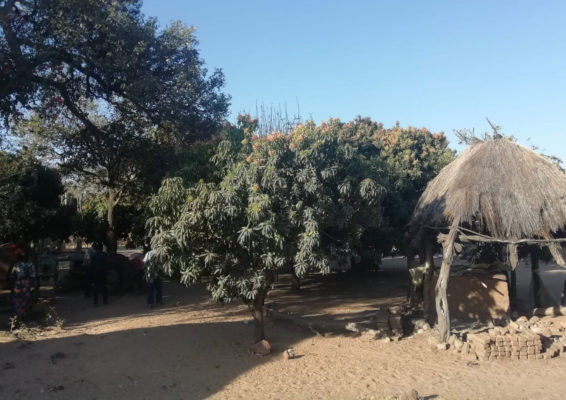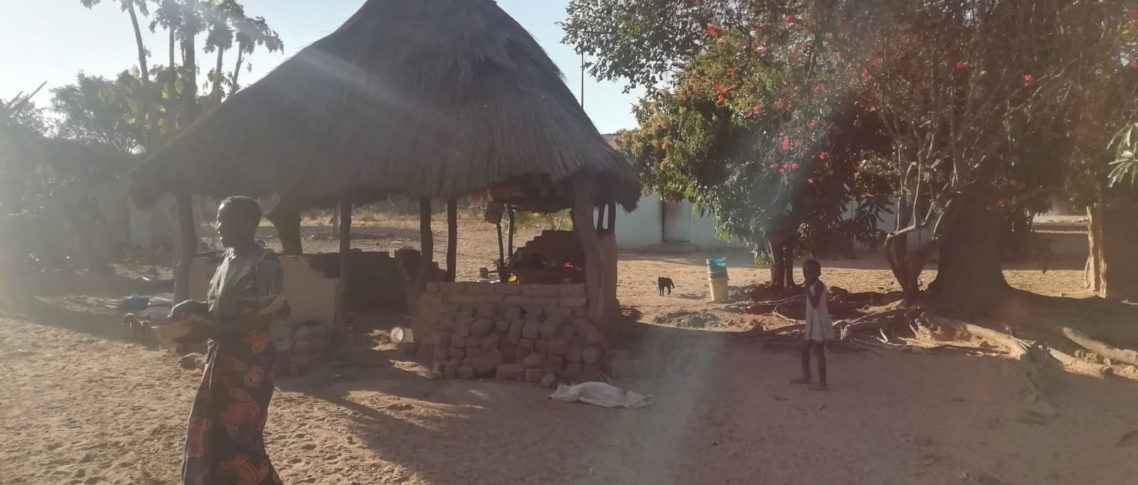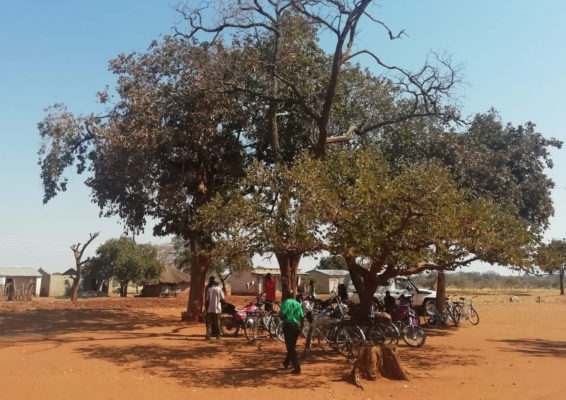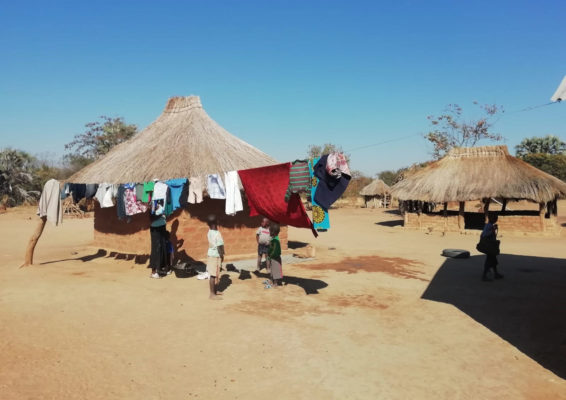Freddie Siangulube and Malaika Yanou are researchers and Ph.D. candidates with the Collaborating to Operationalize Landscape Approaches for Nature, Development and Sustainability (COLANDS) program.
ZAMBIA – It quickly becomes very clear to visitors that agriculture is the backbone of the economy in the Kalomo District of southern Zambia. Arrivals are greeted with the simple but bold billboard announcement: “Welcome to Kalomo District. Our wealth is in maize and cattle.”
That declaration is supported by stories from long-time residents of the many villages dotting the district, who reminisce about its glory days when farmers thrived with good maize harvests from the fertile soil and large herds of cattle.
“Not anymore!” snaps Teditious Chikwikwi, the head man in Habulile village, which lies in Kalomo District in Zambia’s Southern Province. “There are so many people in this place now; and everyone wants to do what they want to in order to earn a living.”
Similar concerns over how landscapes are being used and shared in the district are being expressed and conflicts have flared. That includes a dramatic situation around a district forest reserve, where government forestry officials considered evicting communities that have moved into the protected forest area. Finding solutions to these competing land-use claims seems challenging.
This is where we come in.
With a group of our colleagues in the five-year Collaborating to Operationalize Landscape Approaches for Nature, Development and Sustainability (COLANDS) program, we are learning how landscape approaches can help.
Our work in Zambia is part of a larger, multi-country comparison of landscape approaches; that is, we mean to understand some of the tools these communities need to better manage the land, resolve often-bitter land-use disagreements, and support productive land uses as well as fulfill environmental and biodiversity goals.
If we can reconcile competing objectives for allocation and management of land, it could be possible to achieve a “triple bottom-line” of sorts, satisfying social, economic and environmental demands. That, in turn, is expected to improve livelihoods and the resilience of communities to climate change, perhaps providing a template for use in other areas at other times.
As part of our research, we have been speaking with a wide variety of people in nine villages in and around the Kalomo Hills Forest Reserve in Kalomo District, a six-hour drive from Zambia’s capital city Lusaka. We’ve been hearing from various actors involved with the institutions of landscape governance and concerned about local livelihoods, water scarcity, animal disease, biodiversity conservation and development.
This leaves us with a deep sense that Kalomo is truly a melting pot of cultures with a significant diversity of opinions and interests. Gradually, we also become aware of less-visible realities and power dynamics as we speak with headmen, youth and women which helps us to develop a more complete picture of the complex knowledge systems and dynamic relationships in this landscape.
Many people we speak with complain of inadequate land-use planning, gaps in representation from the village level, and of institutions working in isolation from each other. These, they say, are among the larger issues that are causing resource management conflicts at the landscape level.
Villagers who are predominantly crop farmers and livestock owners say that many issues have grown out of the uncoordinated management of landscape resources among various actors. The result has been high levels of deforestation, silting of rivers, insufficient pasture for grazing, as well as other types of conflicts.
Although we face some skepticism in our early meetings with senior Zambian officials, they help us form a mental “mosaic” of the landscapes in our study area of Kalomo. Noam Chongo, national coordinator of Zambia’s Community-Based Natural Resources Management (CBNRM) Forum, emphasizes key issues in Kalomo that must be linked: gaps in knowledge of biodiversity; poverty due to poor livelihoods; and social problems ranging from migration and food security to boundary disputes.




